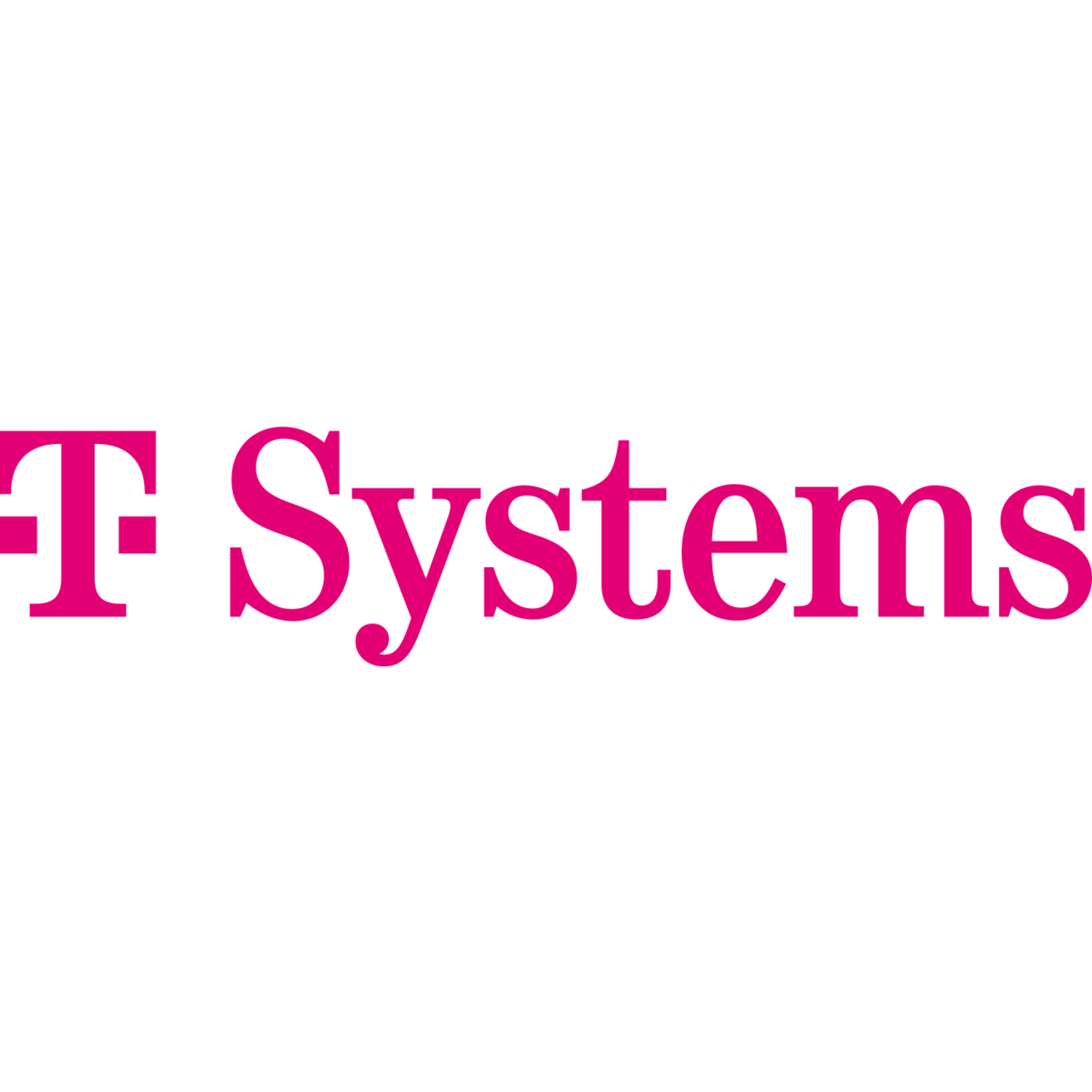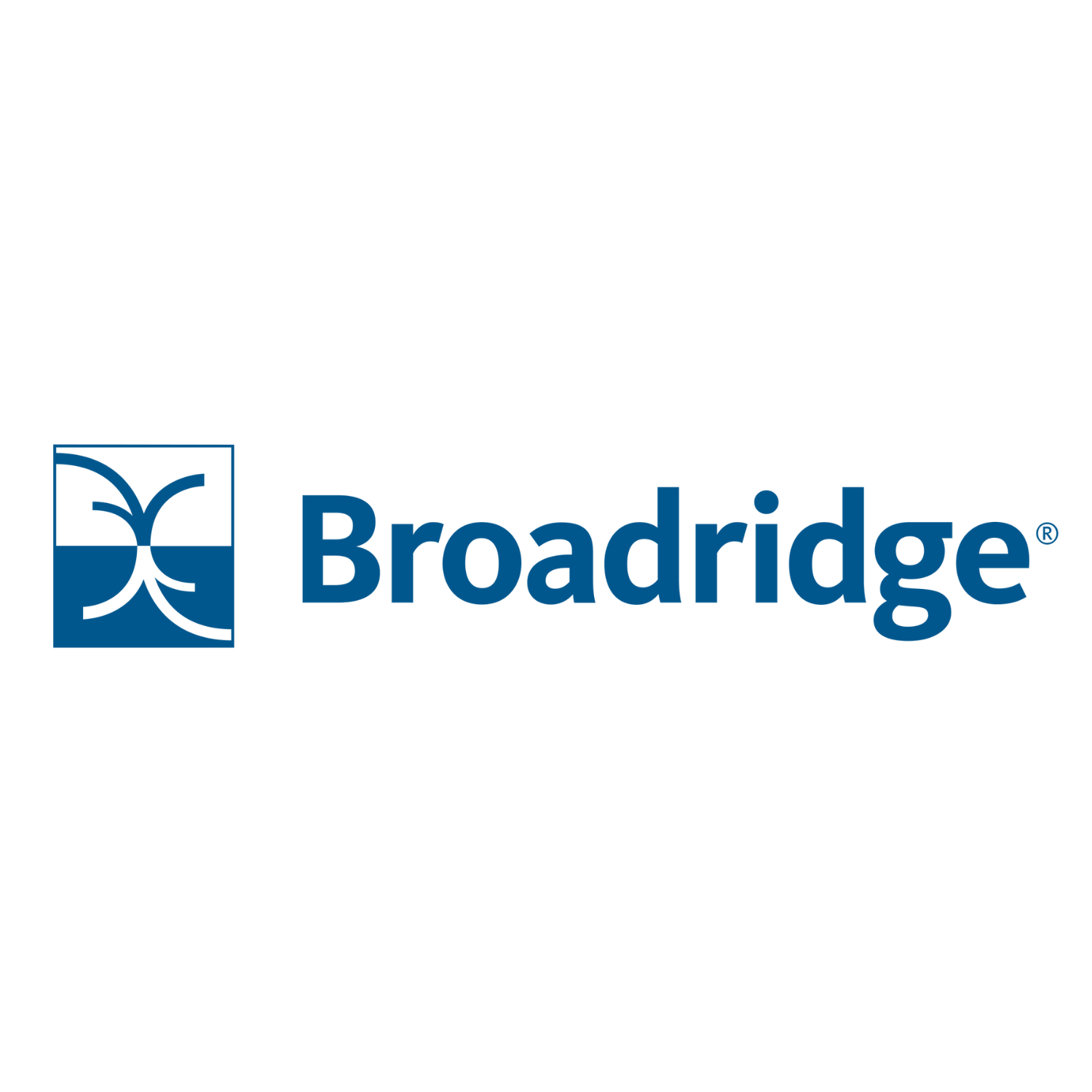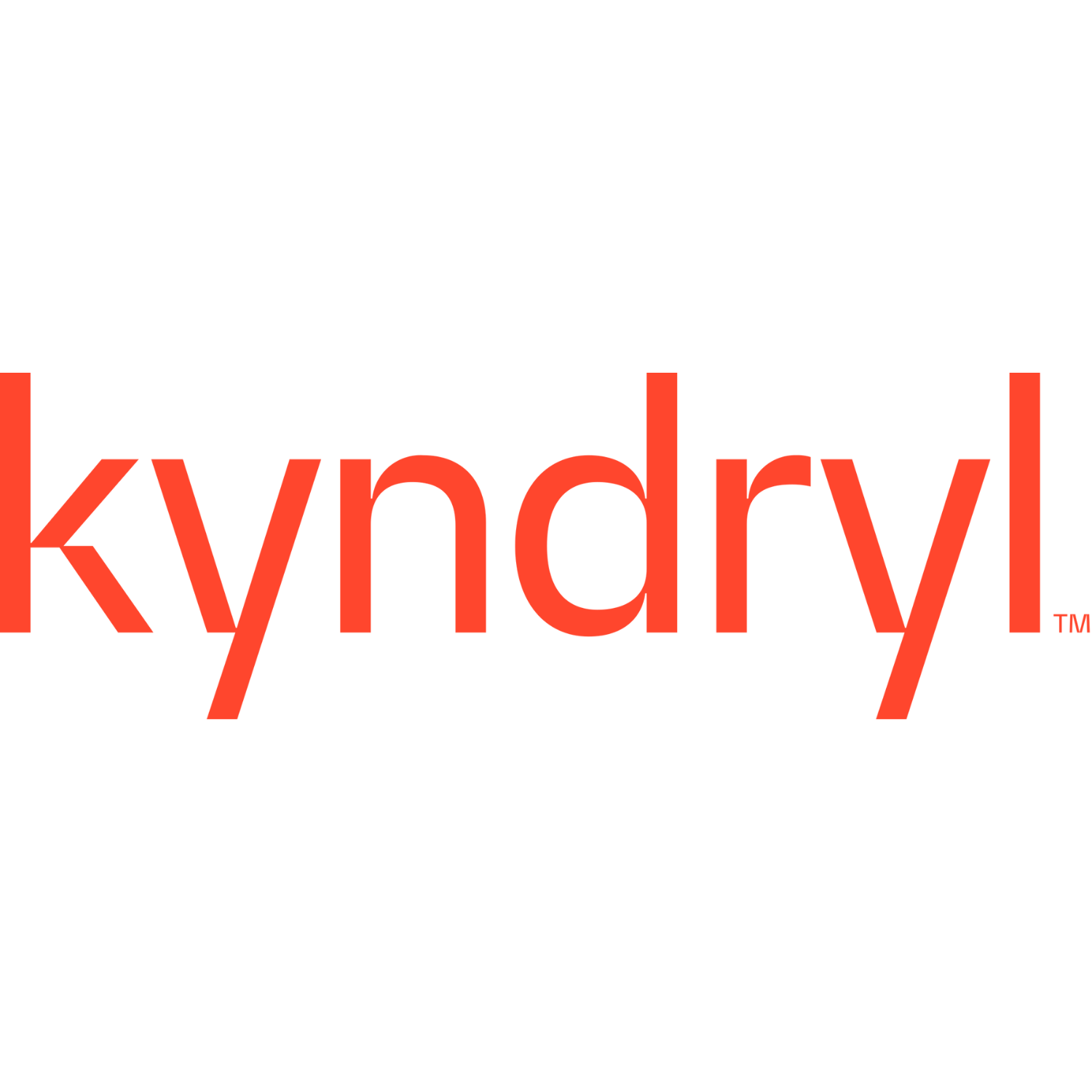
Elevate your B2B relationships with C-Level customers.
Create customer advisory boards that pressure-test your strategies, uncover opportunities, and strengthen your company's position.
Executive buyers can cut through sales cycles, access broader budgets, advocate for your brand, and see beyond the short term to create shared strategies.
Will they for you?
Cutting through the noise to engage your most senior, strategic customers is harder than ever.
Executive advisory boards offer unfiltered access and insights when executed skillfully. But the time, resources, and finesse required to do it right can tax even the best teams.
To unlock the full potential of your program, you need an ally with the system, knowledge, and craft to help you succeed.
Earn long-term engagement, not one-time attendance.
Farland Group helps you build an enduring system that strengthens relationships at every step.
-

Adopt a proven process for the full lifecycle of your board.
Our time-tested methods guide you from board planning and recruitment through implementation, growth, and evolution. With a dedicated team and detailed project plans, you’ll have the resources, templates, and tools for a thriving, long-lasting advisory board.
-

Co-create compelling content and conversations.
Deep, intentional interviews uncover your customers' candid stories, feedback, and concerns, pinpointing trends and challenges that matter to them—and to you. Skilled virtual or in-person facilitation balances depth, candor, and confidentiality, ensuring every member gains and gives full value—from your CEO to your most discerning customers.
-

Translate board insights into business impact.
We align your executive team with the accountability, action plans, and metrics to put the board's input to work. And we come full circle to showcase how board advice shaped your strategies to mutual benefit, encouraging your members’ long-term participation and loyalty.
Drive meaningful organizational change with the team who talks with C-suite executives every day.
Transformative leaders of Global 500 B2Bs choose Farland Group to help redefine their customer relationships through effective customer advisory boards.
Every year, our team conducts thousands of global C-suite interviews and conversations across industries, giving us unparalleled insight into the complex business and technology challenges faced by top-level decision-makers.
We bring to our engagements:
Deep understanding of your industry, as well as the language and priorities of your executive buyers
An astute ability to position your organization and extract valuable insights for and from your own leadership team
Clear focus on outcomes: stronger account relationships, better-informed strategies, and new business opportunities.
Whether you need to explore your engagement options or fully outsource a multi-group customer advisory board program, we tailor strategy consulting, research, and program execution to achieve your business goals.















